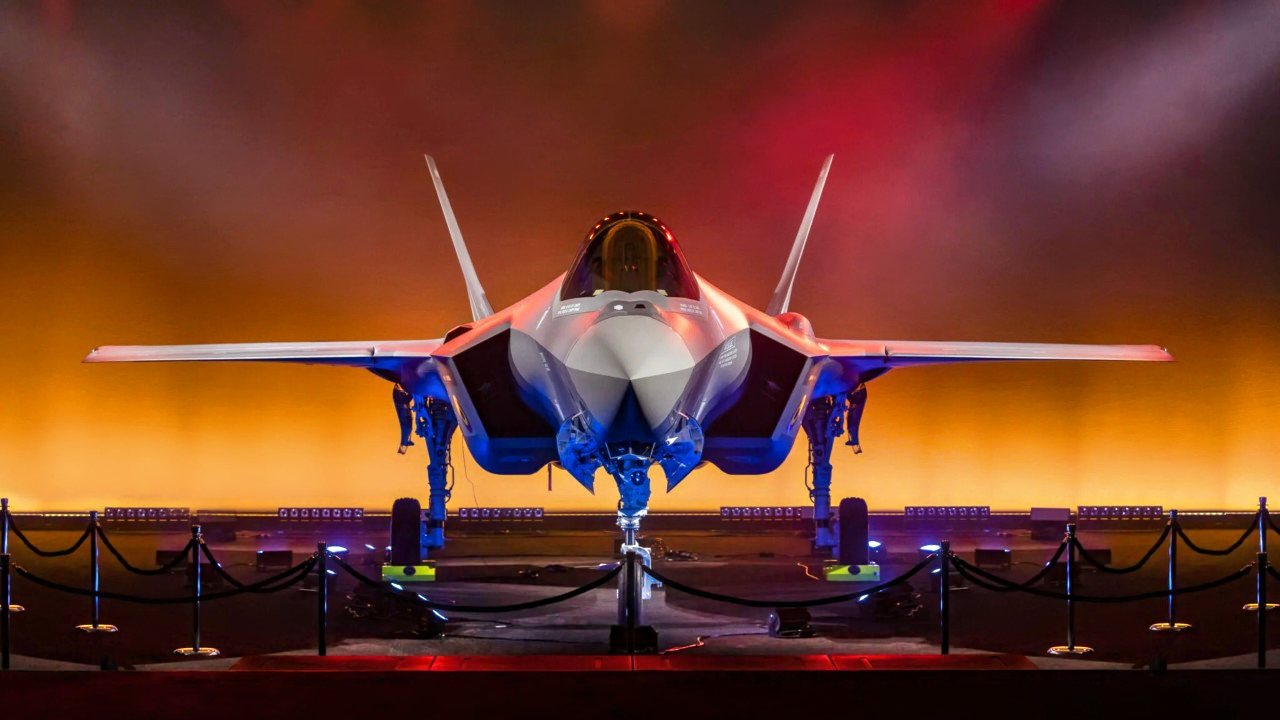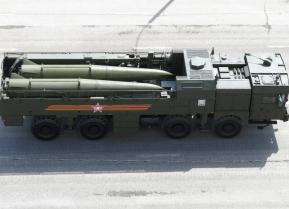U.S. Aircraft Carriers Have a Problem: They Might Not Be Able to Attack China
With adversaries, mainly China, possessing potent anti-access/aerial-denial (A2/AD) systems, in the event of a conflict, U.S. warships would be more restricted in their operations. There is a scenario, especially if Beijing strikes first, in which American aircraft carriers would only have a limited room to operate.
With China on the rise, the Indo-Pacific might very well be a potential battlefield for the U.S. military. The area has, after all, some of the most important maritime trade routes in the world. Put in the equation Taiwan and the South China Sea, and you have a perfect recipe for future trouble.
Historically, the U.S. Navy has been able to project power through its potent fleet of aircraft carriers—it currently has 11 large nuclear-powered flattops.
However, in a potential conflict with China in the Indo-Pacific, the Navy might run into an important obstacle: an inability to use aircraft carriers in combat.
Aircraft Carriers, So What?
With adversaries, mainly China, possessing potent anti-access/aerial-denial (A2/AD) systems, in the event of a conflict, U.S. warships would be more restricted in their operations. There is a scenario, especially if Beijing strikes first, in which American aircraft carriers would only have a limited room to operate.
As such, there is the possibility that U.S. fighter jets, the main weapon of aircraft carriers, wouldn’t be able to reach their targets. Indeed, China has been investing heavily in A2/AD systems in an attempt to create a buffer zone in which U.S. aircraft carriers wouldn’t be able to operate freely.
To be sure, they could still operate, but the risk of getting hit with an anti-ship ballistic missile or a hypersonic munition would be considerable. Considering that each new Ford-class aircraft carrier is expected to be expensive—the USS Gerald R. Ford cost more than $13 billion—policymakers and military leaders might be hesitant to deploy expensive flattops in dangerous areas.
But this isn’t an insurmountable problem.
Lighting Carriers and Stealth Fighter Jets
One way to bypass that restriction is to invest in less-expensive aircraft carriers. The Pentagon has already been experimenting with the “Lighting Carrier” concept, a combination of a Navy amphibious assault ships and Marine Corps F-35 Lighting II stealth fighter jets.
Costing vastly less than a big aircraft carrier, which can go up to $13 billion per warship, “Lighting Carriers” can be used with fewer restraints. In a cynical way, “Lighting Carriers” are more expensive, and that allows commanders to take more risks with them.

Another way to bypass potent A2/AD capabilities is through stealth aircraft. It is important to highlight that stealth doesn’t mean being invisible. An F-22 Raptor stealth fighter jet is visible to the human eye as a Toyota Camry driving down the road. What stealth does is make an aircraft harder to detect with radars and other sensors. This outcome is achieved through a combination of design, structural materials, and even special stealth paint.

The more advanced the stealth characteristics of an aircraft, the harder it is for adversary systems to pick it up before it’s too late. In addition, good airmanship can always push the capabilities of an aircraft to the next level, regardless of whether it is stealth or not.
Right now, the Navy and Marine Corps operate the F-35C and F-35B Lighting II stealth fighter jets, while the futuristic F/A-XX is also under development.
About the Author
Stavros Atlamazoglou is a seasoned defense journalist specializing in special operations and a Hellenic Army veteran (national service with the 575th Marine Battalion and Army HQ). He holds a BA from Johns Hopkins University and an MA from the Johns Hopkins School of Advanced International Studies (SAIS). His work has been featured in Business Insider, Sandboxx, and SOFREP. Email the author: [email protected].
All images are Creative Commons.


